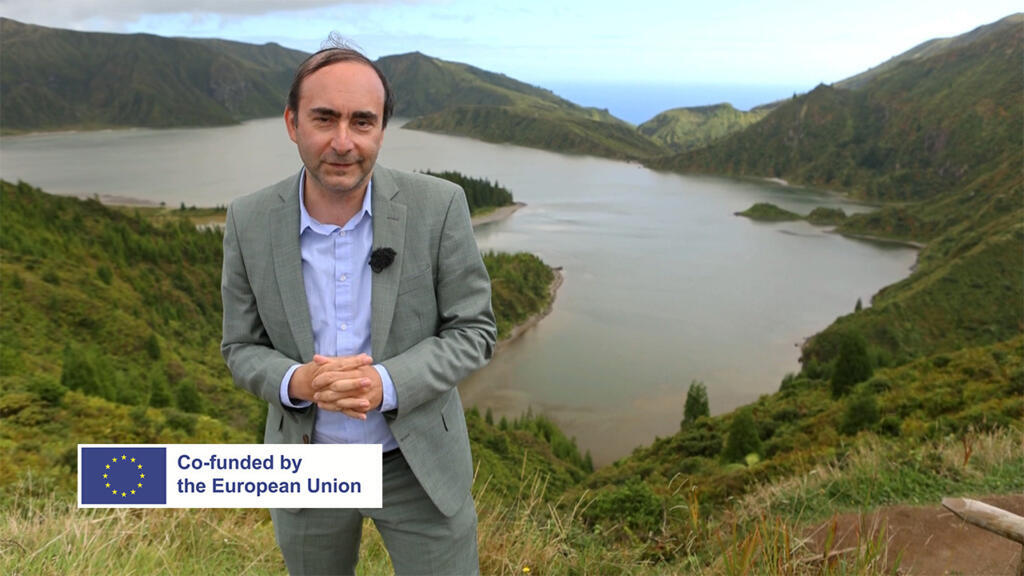EU Investments in the Azores: A Closer Look
Europe Rendezvous presents a comprehensive analysis of the Azores, an enchanting archipelago located in the Atlantic Ocean. Comprising nine volcanic islands, this region is an Autonomous Region of Portugal and classified as an Outermost Region of the European Union. This designation allows the Azores to benefit significantly from EU funding, receiving approximately €160 million in cohesion funds annually aimed at supporting economic and social development.
Despite receiving substantial financial assistance from the EU, the economic situation in the Azores remains a point of concern. In 2023, the GDP of the Azores was reported to be lower than it was in the 2000s. This raises critical questions about the effectiveness of EU funding in truly leveling up this distant territory. The funds earmarked for the Azores are intended to reduce economic disparities and to improve the standard of living for its inhabitants, who number around 240,000.
The Azores face several challenges that contribute to their unique economic situation. Geographic isolation is a significant hurdle, as the islands are located approximately 1,500 kilometers from the European mainland, which adds logistics complexities and costs for businesses that wish to export goods. Additionally, the population density is sparse, which can lead to difficulties in sustaining a robust local economy.
One of the key focus areas of the EU funding has been to promote sustainable tourism, agriculture, and to enhance infrastructure within the islands. Investments have been made in improving transportation links, such as airports and ferry services, and in developing crucial public utilities. Rich in natural beauty and biodiversity, the Azores hold great potential for eco-tourism, which should, in theory, lead to job creation and economic diversification.
However, the long-term benefits of these investments are still unfolding. Many projects remain in the developmental phase, and it often takes years for the positive outcomes of such investments to manifest fully in local economies. This lag can lead to skepticism among residents regarding the impact of EU funding. Additionally, the islands continue to grapple with high unemployment rates and limited job opportunities, especially for younger populations who often seek employment on the mainland or abroad.
The EU's cohesion policy aims to address these disparities, but assessing its actual effectiveness is challenging. Critics argue that while the funds provide a necessary financial lifeline, they do not always translate into sustainable economic growth or improved living standards. Unemployment and underemployment continue to plague many areas within the Azores, suggesting that a broader, more integrated economic strategy might be necessary to harness the full potential of EU investments.
In conclusion, the economic plight of the Azores, despite receiving considerable EU funds, highlights the complexities of regional development in remote areas. While the annual allocation of €160 million in cohesion funds showcases a commitment to support these islands, the challenges are multifaceted and call for a comprehensive approach that not only utilizes EU resources but also fosters local entrepreneurship and sustainable development initiatives.












